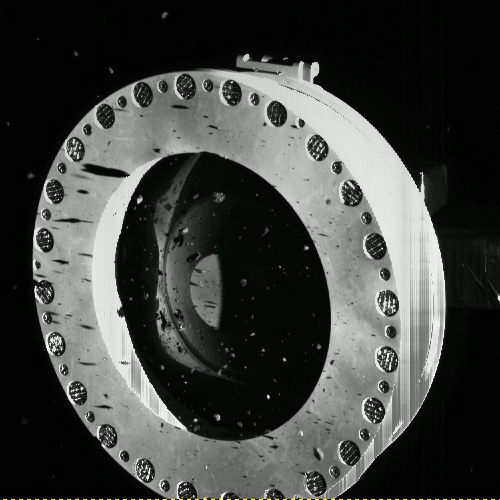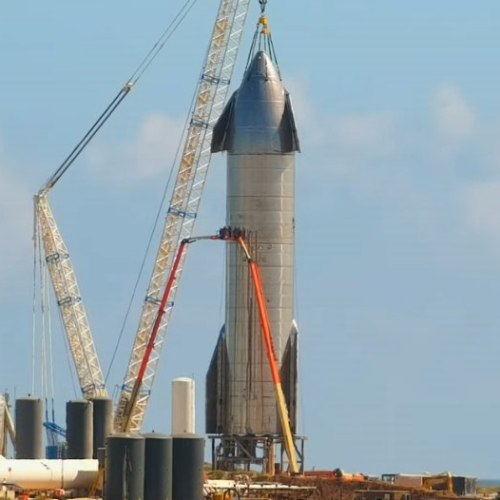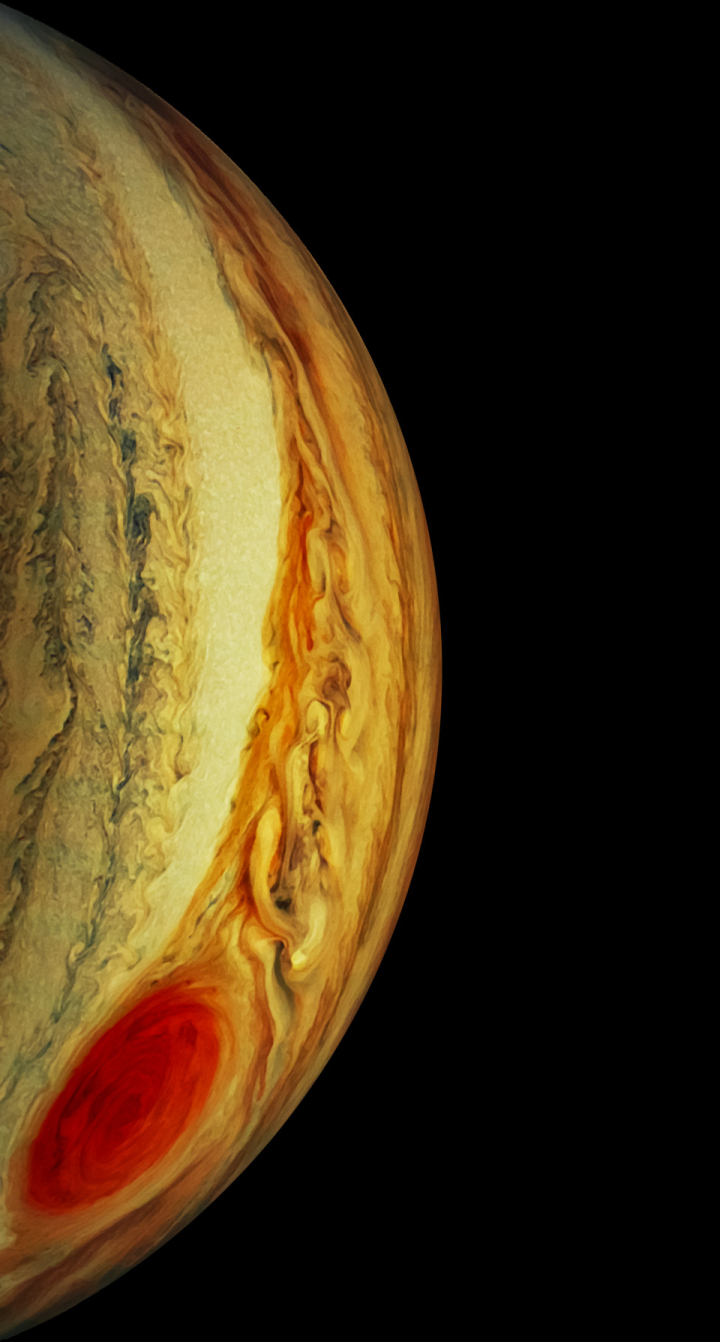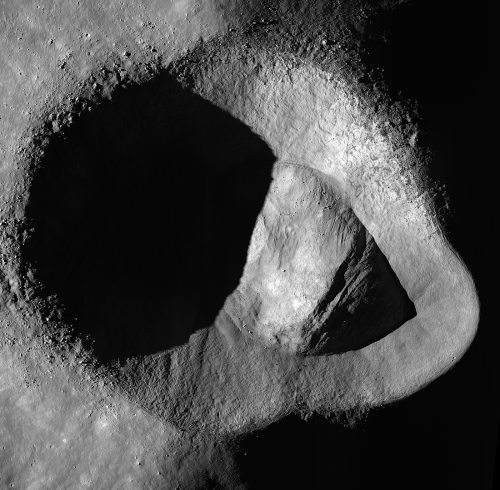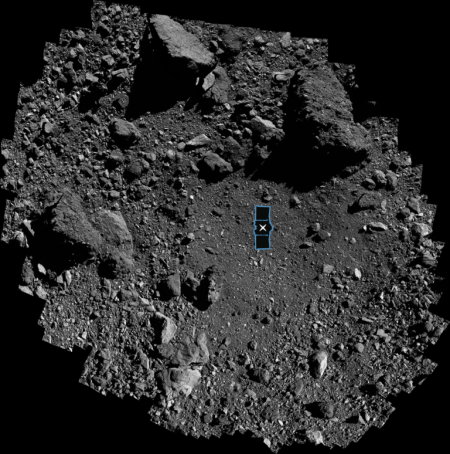Jewish pro-Trump convoy attacked repeatedly in New York
They’re coming for you next: A pro-Trump convoy of Jewish New Yorkers was attacked repeatedly by hostile anti-Trump protesters during its trip through the city today.
Multiple disturbing video clips of the convoy posted on @NYScanner show crowds not taking too kindly to rows of vehicles with hoisted Trump 2020 flags. In one video, a man can be seen appearing to throw eggs at the convoy in Brooklyn. In another video, pedestrians can be seen appearing to throw rocks at vehicles displaying a Trump flag.
The hostility evidently lingered throughout the day. In multiple clips, people can be heard yelling expletives at the “Jews For Trump” participants.
One man – on a bike, no less – appears so incensed that the “pro-Trump” vehicles have congested traffic on the Brooklyn that he resorts to punching a window. In Manhattan, a woman was arrested for allegedly using pepper spray on the convoy, according to police.
Later, a scuffle broke out between the pro- and anti-Trump crowd in the middle of a street. Masked protesters could be seen in one clip converging on a vehicle doused in red paint as “YMCA” is blasting in the background.
“Go home! We don’t you here!” somebody in the crowd shouts. “Go back to Long Island!” another person shouts.
A video posted on Twitter shows a pro-Trump caravan led by former NYC Mayor Rudy Giuliani shows being pelted with eggs.
The worst story was the lead attack at the link. A family of seven, including four children, were pepper-sprayed when another car pulled up beside their Trump-festooned vehicle and sprayed them through the open windows.
This is supposed to be America, the land of free speech and free debate, where your right to express your political beliefs are defended by all. Sadly, for the left and those on the side of the Democratic Party, such tolerance is no longer acceptable. Instead, they celebrate storm-trooper tactics against all who disagree with them.
I hope everyone remembers this when they vote. Remember, they’re coming for you next.
They’re coming for you next: A pro-Trump convoy of Jewish New Yorkers was attacked repeatedly by hostile anti-Trump protesters during its trip through the city today.
Multiple disturbing video clips of the convoy posted on @NYScanner show crowds not taking too kindly to rows of vehicles with hoisted Trump 2020 flags. In one video, a man can be seen appearing to throw eggs at the convoy in Brooklyn. In another video, pedestrians can be seen appearing to throw rocks at vehicles displaying a Trump flag.
The hostility evidently lingered throughout the day. In multiple clips, people can be heard yelling expletives at the “Jews For Trump” participants.
One man – on a bike, no less – appears so incensed that the “pro-Trump” vehicles have congested traffic on the Brooklyn that he resorts to punching a window. In Manhattan, a woman was arrested for allegedly using pepper spray on the convoy, according to police.
Later, a scuffle broke out between the pro- and anti-Trump crowd in the middle of a street. Masked protesters could be seen in one clip converging on a vehicle doused in red paint as “YMCA” is blasting in the background.
“Go home! We don’t you here!” somebody in the crowd shouts. “Go back to Long Island!” another person shouts.
A video posted on Twitter shows a pro-Trump caravan led by former NYC Mayor Rudy Giuliani shows being pelted with eggs.
The worst story was the lead attack at the link. A family of seven, including four children, were pepper-sprayed when another car pulled up beside their Trump-festooned vehicle and sprayed them through the open windows.
This is supposed to be America, the land of free speech and free debate, where your right to express your political beliefs are defended by all. Sadly, for the left and those on the side of the Democratic Party, such tolerance is no longer acceptable. Instead, they celebrate storm-trooper tactics against all who disagree with them.
I hope everyone remembers this when they vote. Remember, they’re coming for you next.

